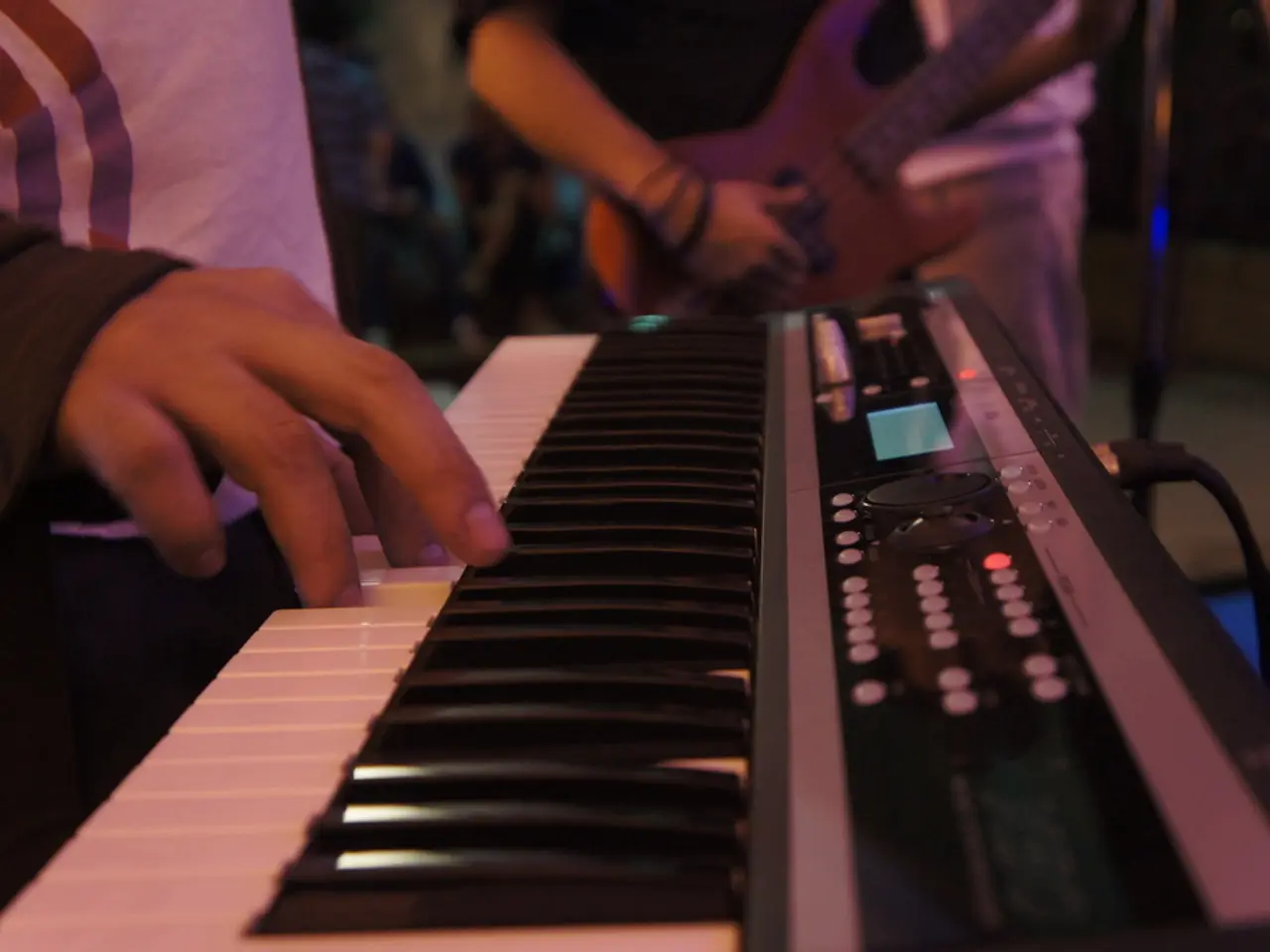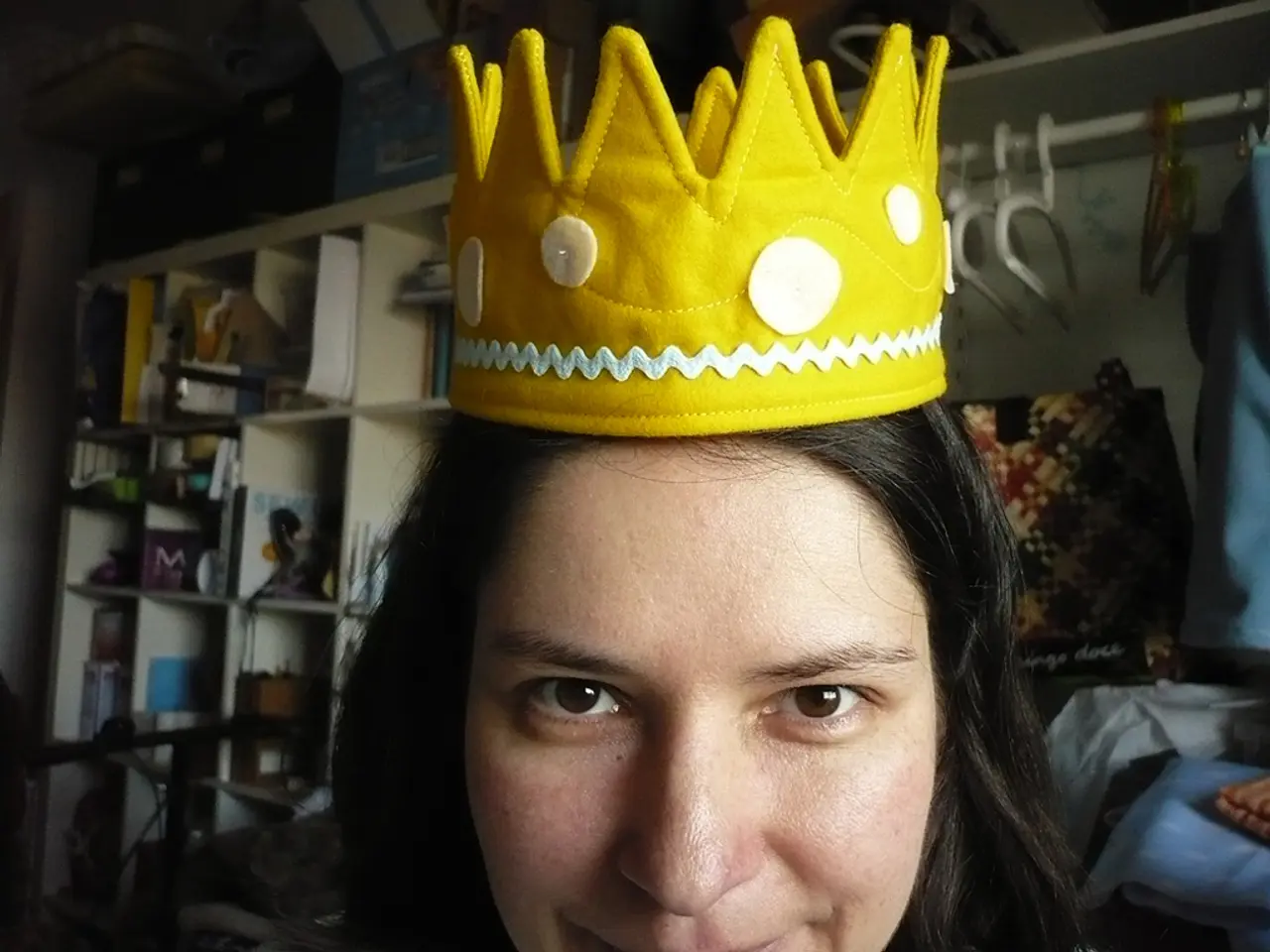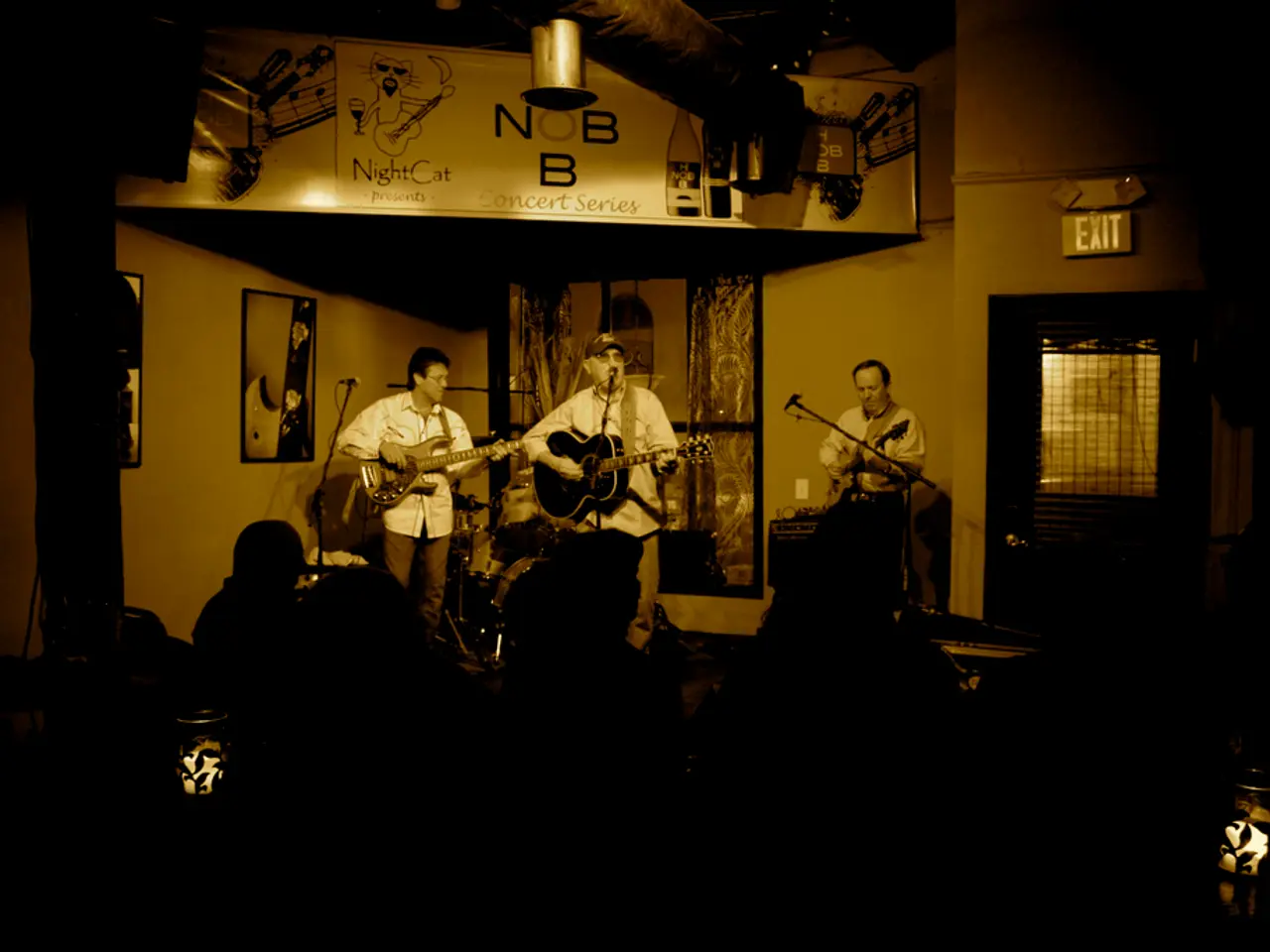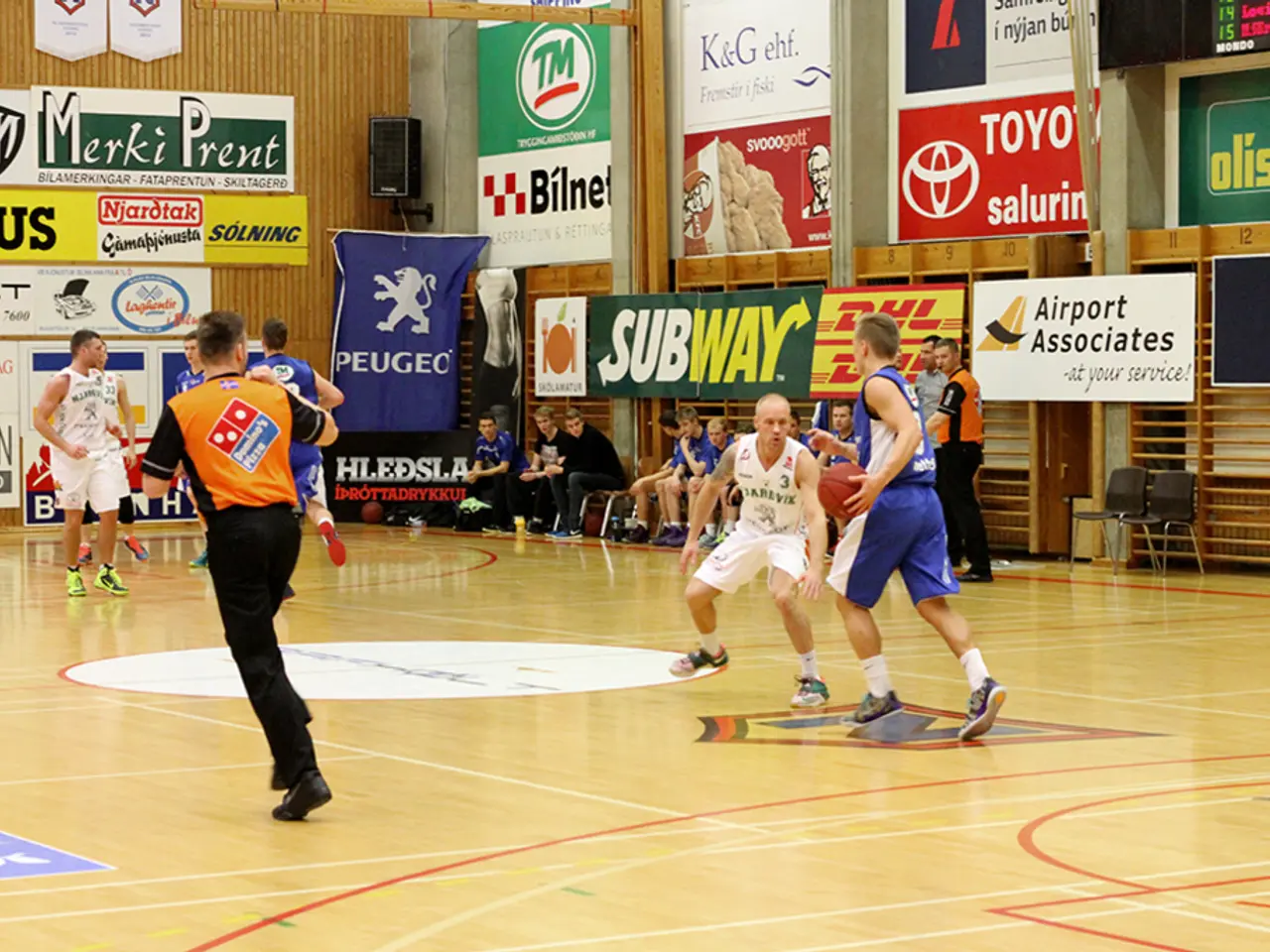Teenage Generation Z's Unique Attitude: Exploring the Social Dynamics that Spark Irritation among Complaining Millennials
In the realm of customer service, a new trend has emerged that has sparked conversation and controversy: the Gen Z stare. This phenomenon, observed on social media platforms like TikTok, involves Generation Z customer service workers responding with a blank, expressionless look when approached by people from older generations[1].
The causes of the Gen Z stare are complex and multifaceted, with psychological, social, and economic factors at play.
**Psychological and Social Drivers**
Many Gen Zers see the stare as a rejection of forced pleasantries and insincere social scripts, favoring authenticity over what they perceive as performative niceties in customer service[2]. Some Gen Z individuals view the stare as an honest reaction to awkward, confusing, or nonsensical customer interactions, rather than a sign of rudeness.
Growing up in a digital-first world, Gen Z may be less accustomed to the traditional face-to-face soft skills expected in customer service, leading to misunderstandings when older generations expect more verbal or expressive engagement[2]. In some cases, the stare is interpreted as a subtle assertion that “the customer is not always right”—a rejection of the idea that service workers must always comply with consumer demands, especially when faced with rudeness or unreasonable expectations[4].
**Cultural and Economic Context**
Customer service roles are often stressful, with Gen Z workers facing what they may perceive as unfair treatment or unrealistic expectations from customers and management alike. The stare can be a quiet form of disengagement or protest against these conditions[4].
The job market’s volatility, the rise of automation, and the gig economy have altered Gen Z’s approach to traditional work, sometimes resulting in less emotional investment in roles that offer little advancement or fulfillment[2]. There is a generational gap in expectations: older workers and customers often expect traditional manners and verbal engagement, while Gen Z may see those expectations as outdated or unnecessarily demanding[1][2].
**Impact and Perception**
While some customers perceive the Gen Z stare as a lack of soft skills or professionalism, managers report increased stress and challenges in training younger employees, sometimes leading to friction between age groups in the workplace[2].
The stare has become a flashpoint in broader debates about workplace culture, communication norms, and the evolving social contract between workers and employers in the digital age[2].
In conclusion, the Gen Z stare in customer service is not simply a matter of rudeness or disinterest, but a reflection of deeper generational differences in communication styles, workplace values, and the changing nature of service labor. It underscores the need for empathy, cross-generational understanding, and adaptation in both training and customer interactions as workplaces evolve[2][4].
It's important to note that the Gen Z stare is not unique to Gen Z, and each generation has its own unique quirks and behaviors. As with any generational divide, it is bound to be criticized. Whether the Gen Z stare is a new norm or if the millennial Reddit poster is turning into a whiny millennial remains to be seen. Some people agree with Mady Lamb's interpretation that the Gen Z stare is a way of dealing with stupidity without being outright rude, while others see it as a sign of indifference or rudeness towards customers.
[1] Forbes, (2021). 50% of Gen Zers believe their social skills have declined due to the COVID-19 pandemic. [2] CNBC, (2021). The Gen Z stare in customer service: A reflection of generational differences. [3] Business Insider, (2021). The Gen Z stare: A new norm in customer service or a sign of indifference? [4] Harvard Business Review, (2021). The Gen Z stare: Understanding the causes and impact.
- The Gen Z stare, a phenomenon observed on social media platforms, is a reflection of Generation Z's preference for authenticity over performative niceties in customer service.
- In a digital-first world, Gen Z may be less accustomed to traditional face-to-face soft skills, leading to misunderstandings when older generations expect more verbal or expressive engagement.
- The stare can be a quiet form of disengagement or protest against stressful working conditions and unrealistic expectations in customer service roles.
- The Gen Z stare has become a topic of debate in discussions about the evolving social contract between workers and employers in the digital age, highlighting the need for cross-generational understanding and adaptation in both training and customer interactions.








